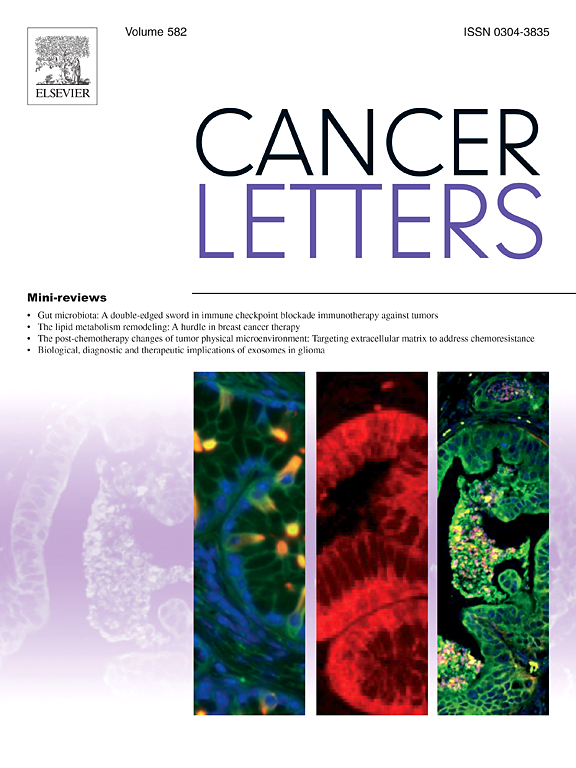A rigorous multi-laboratory study of known PDAC biomarkers identifies increased sensitivity and specificity over CA19-9 alone
Abstract
A blood test that enables surveillance for early-stage pancreatic ductal adenocarcinoma (PDAC) is an urgent need. Independent laboratories have reported PDAC biomarkers that could improve biomarker performance over CA19-9 alone, but the performance of the previously reported biomarkers in combination is not known. Therefore, we conducted a coordinated case/control study across multiple laboratories using common sets of blinded training and validation samples (132 and 295 plasma samples, respectively) from PDAC patients and non-PDAC control subjects representing conditions under which surveillance occurs. We analyzed the training set to identify candidate biomarker combination panels using biomarkers across laboratories, and we applied the fixed panels to the validation set. The panels identified in the training set, CA19-9 with CA199.STRA, LRG1, TIMP-1, TGM2, THSP2, ANG, and MUC16.STRA, achieved consistent performance in the validation set. The panel of CA19-9 with the glycan biomarker CA199.STRA improved sensitivity from 0.44 with 0.98 specificity for CA19-9 alone to 0.71 with 0.98 specificity (p < 0.001, 1000-fold bootstrap). Similarly, CA19-9 combined with the protein biomarker LRG1 and CA199.STRA improved specificity from 0.16 with 0.94 sensitivity for CA19-9 to 0.65 with 0.89 sensitivity (p < 0.001, 1000-fold bootstrap). We further validated significantly improved performance using biomarker panels that did not include CA19-9. This study establishes the effectiveness of a coordinated study of previously discovered biomarkers and identified panels of those biomarkers that significantly increased the sensitivity and specificity of early-stage PDAC detection in a rigorous validation trial.

 求助内容:
求助内容: 应助结果提醒方式:
应助结果提醒方式:


